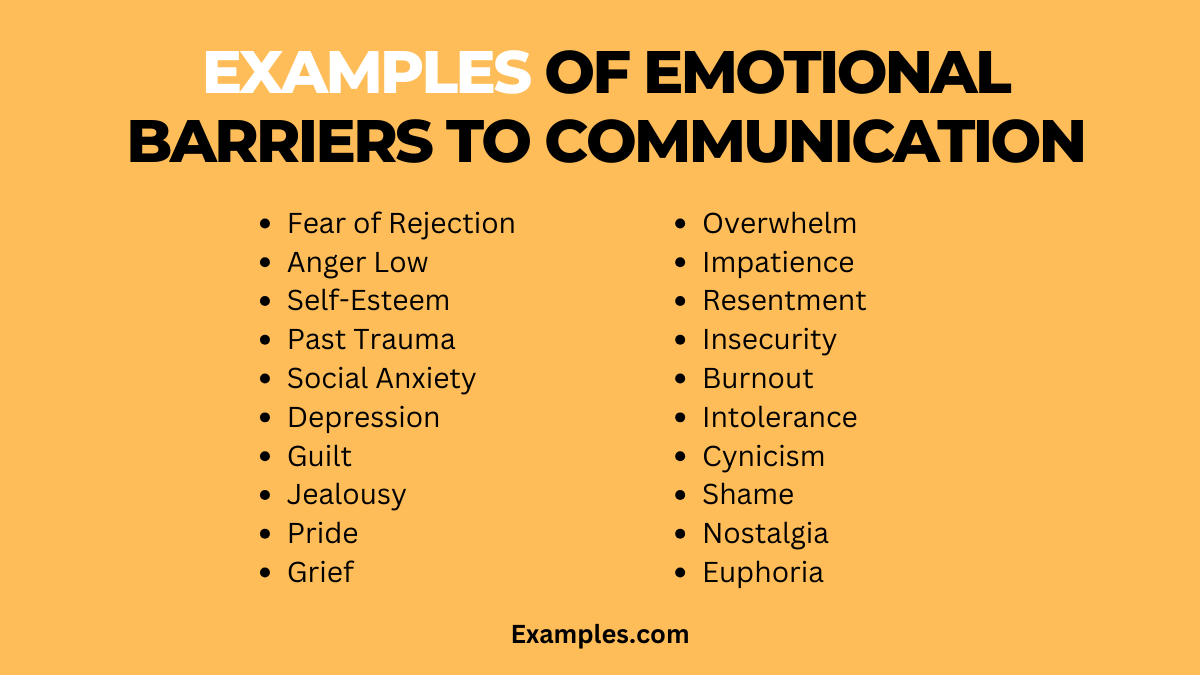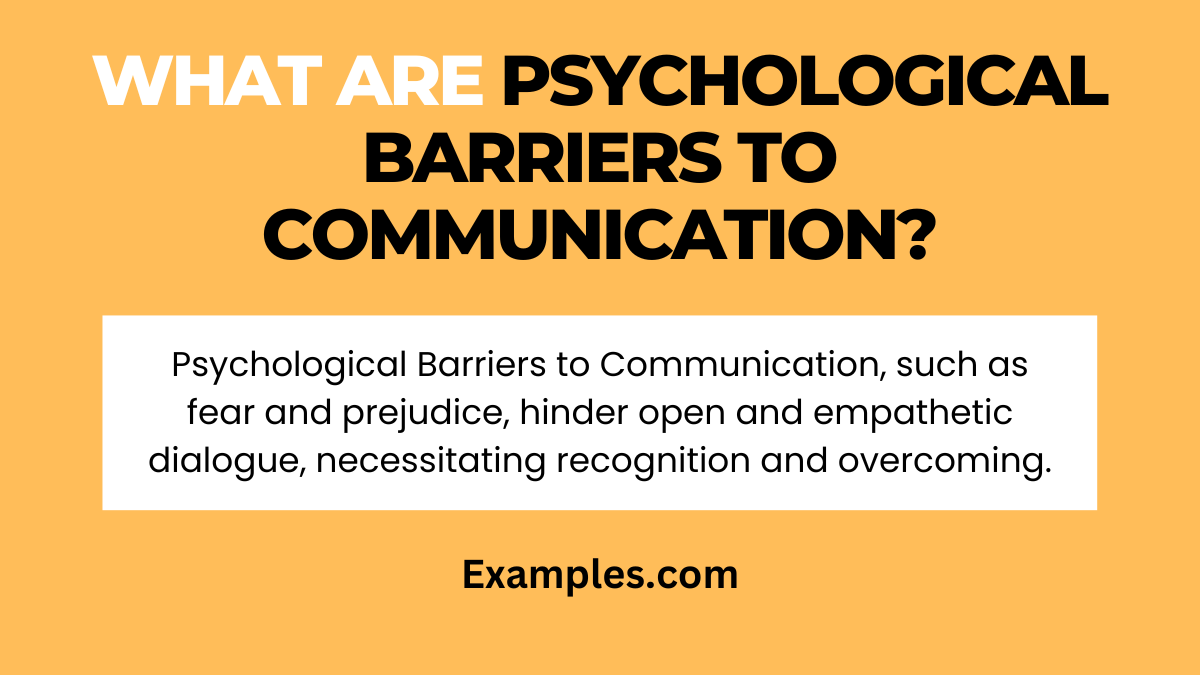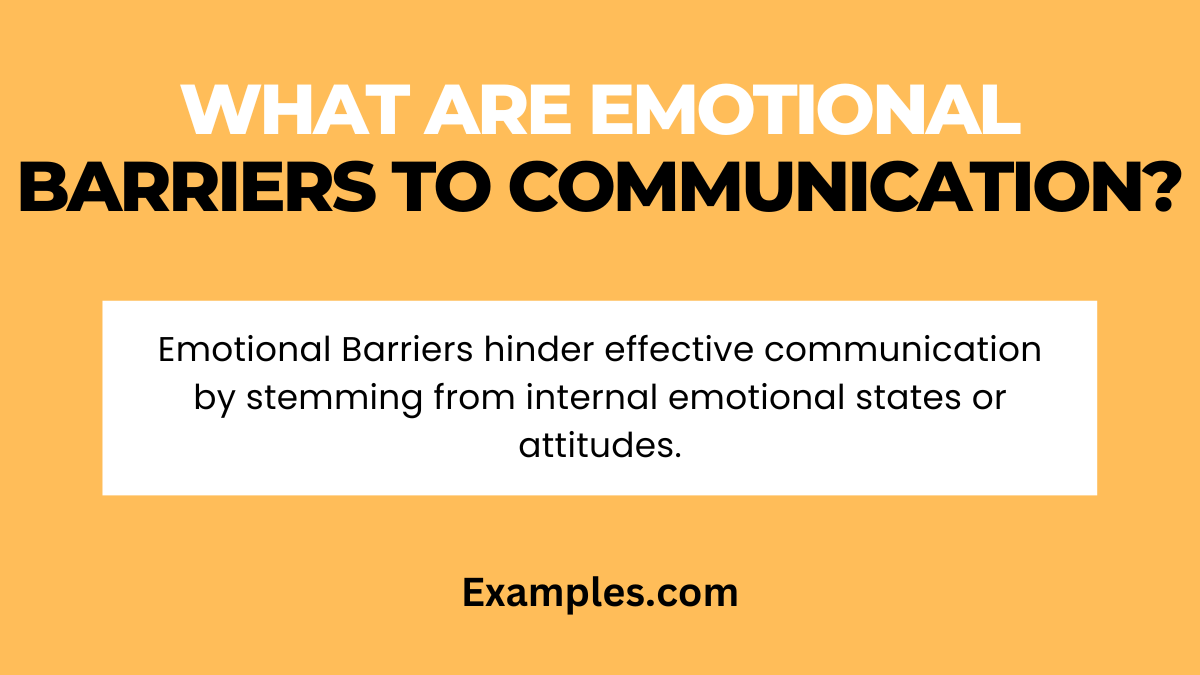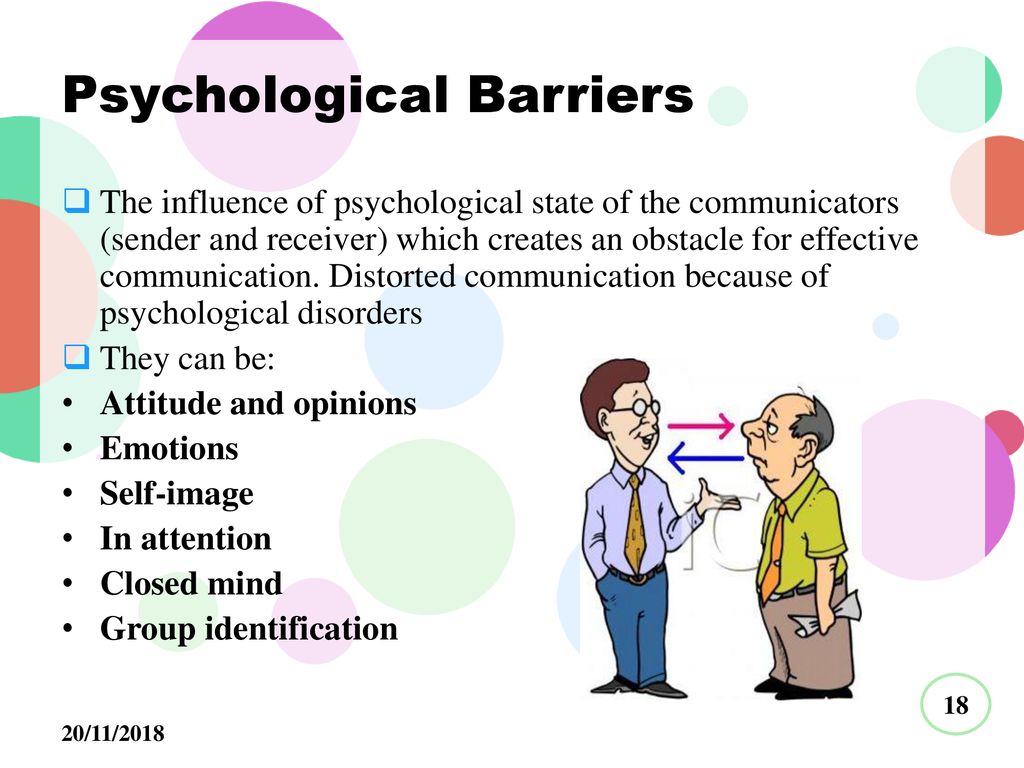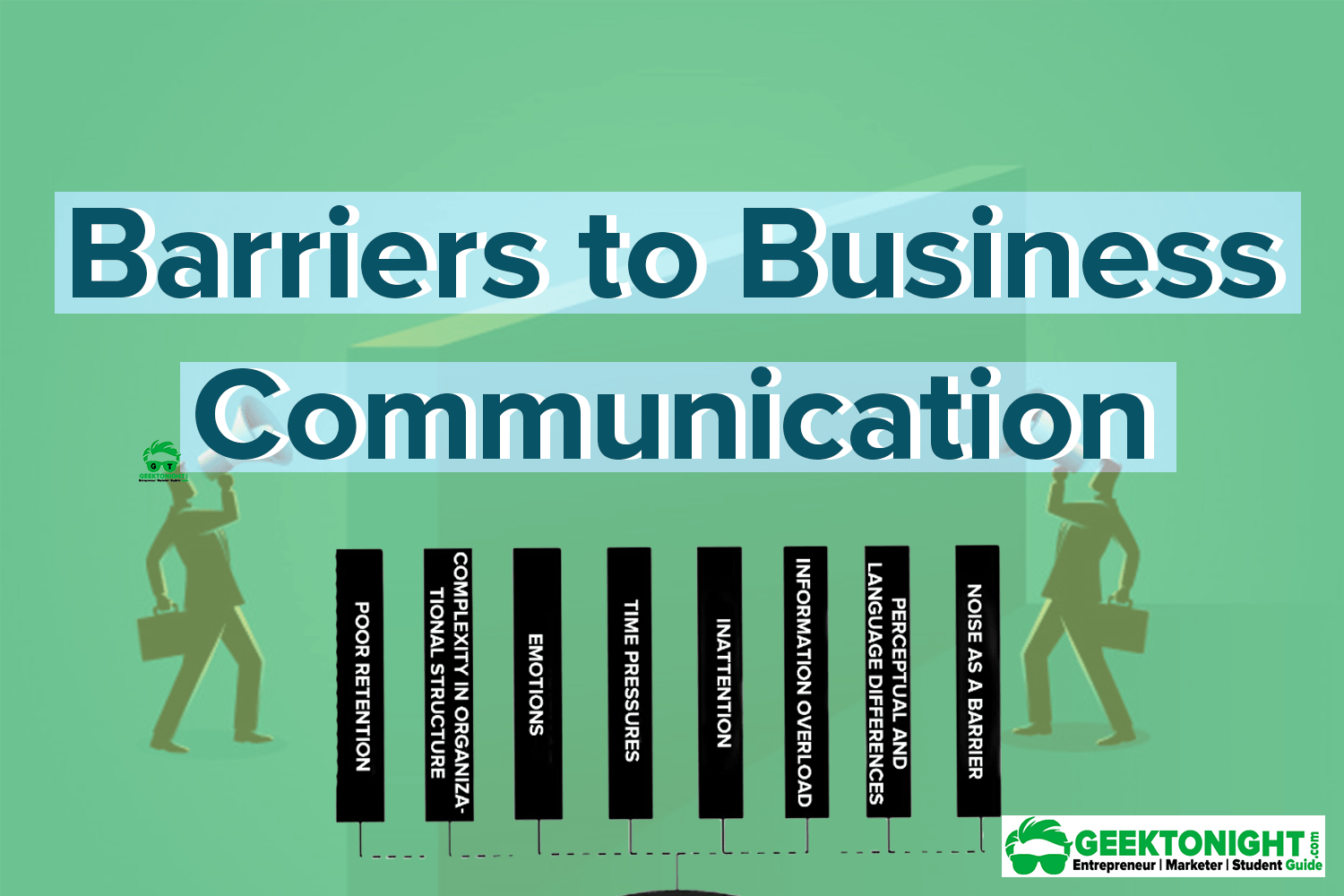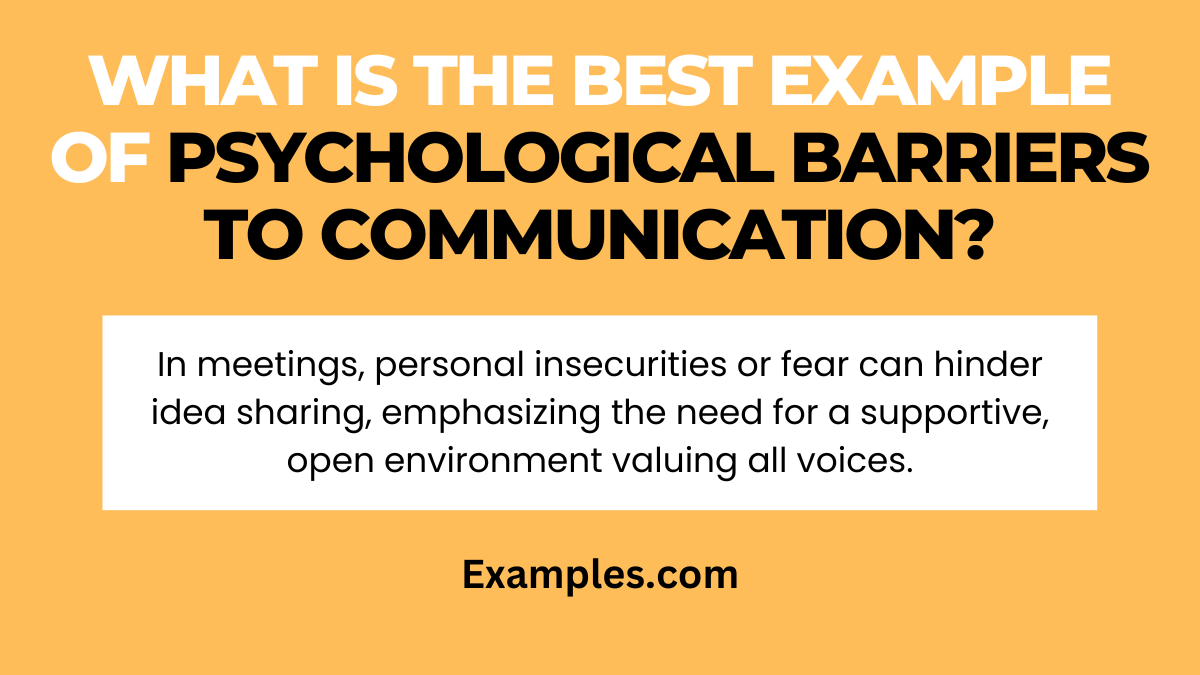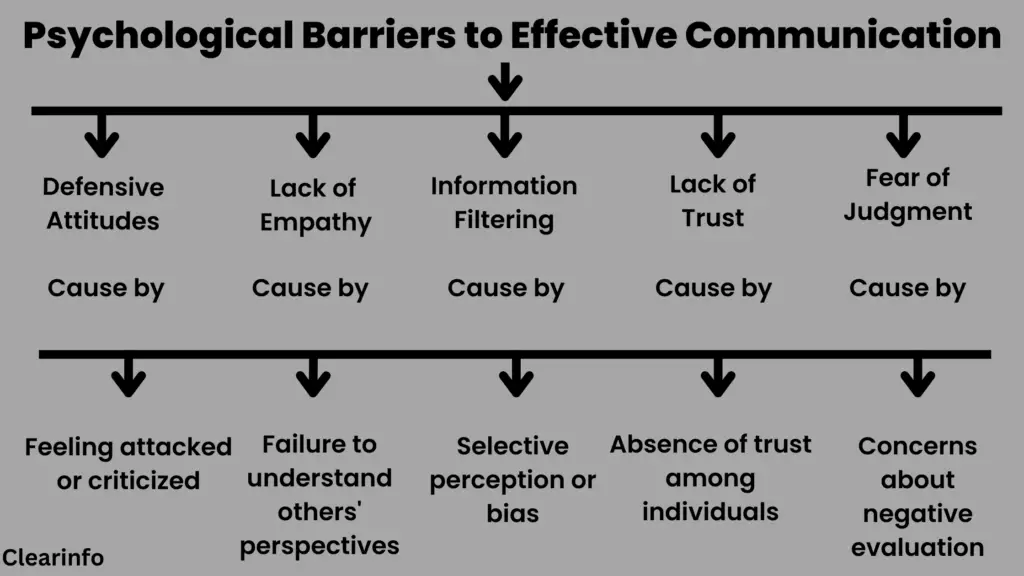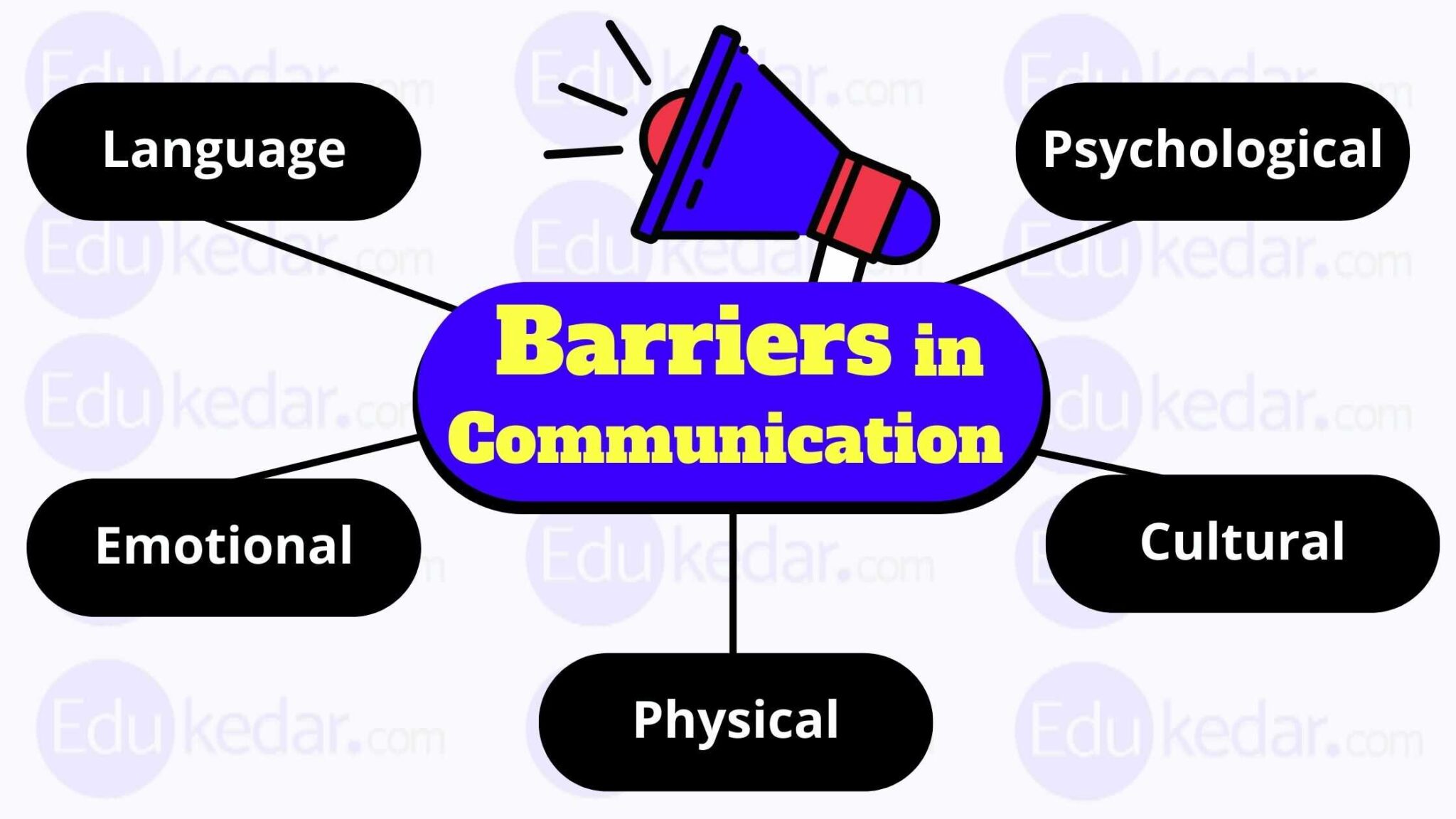Emotional Barriers In Business Communication

Business communication is being significantly hampered by emotional barriers, impacting efficiency and productivity across various sectors.
These barriers, stemming from factors like stress, anxiety, and personal biases, are creating misunderstandings and hindering effective collaboration, ultimately affecting bottom lines.
The Rising Tide of Emotional Interference
Studies reveal a disturbing trend: emotional barriers are escalating within the workplace. A recent survey by Gallup indicates that nearly 60% of employees report experiencing significant stress and anxiety related to workplace communication at least once a week.
This heightened emotional state directly correlates with a decreased ability to communicate clearly and objectively, leading to conflicts and inefficiencies.
Key Emotional Roadblocks
Several emotional barriers are proving particularly problematic. Lack of trust consistently emerges as a top concern. Employees who don't trust their colleagues or superiors are less likely to share information openly, leading to flawed decision-making.
Additionally, fear of judgment stifles creativity and innovation. Individuals hesitant to voice their opinions due to potential ridicule or negative feedback contribute minimally to group discussions.
Furthermore, cultural differences, if unaddressed, can exacerbate emotional barriers. Misinterpretations of nonverbal cues or communication styles can lead to misunderstandings and friction within diverse teams.
Impact on Business Operations
The consequences of these emotional barriers are far-reaching. Project delays, reduced productivity, and increased employee turnover are just a few tangible outcomes.
Internal conflicts arising from communication breakdowns consume valuable time and resources. A report by SHRM (Society for Human Resource Management) estimates that businesses lose billions of dollars annually due to poor communication.
Moreover, emotional barriers negatively impact customer relations. Frustrated employees often struggle to provide exceptional customer service, damaging brand reputation and hindering customer loyalty.
Addressing the Challenge: Strategies for Mitigation
Companies are beginning to implement strategies to combat these emotional barriers. Training programs focused on emotional intelligence and active listening are gaining traction.
These programs equip employees with the skills to recognize and manage their own emotions, as well as empathize with others. Open communication forums and feedback mechanisms are also being established.
Furthermore, fostering a culture of psychological safety is crucial. Encouraging employees to share their concerns and ideas without fear of reprisal creates a more inclusive and collaborative environment.
The Role of Leadership
Effective leadership plays a pivotal role in dismantling emotional barriers. Leaders must model open and honest communication, actively listening to their teams and providing constructive feedback.
They also need to be aware of their own biases and emotional triggers, ensuring they communicate fairly and objectively.
"Leadership is not about being in charge, it is about taking care of the people in your charge."A quote that encapsulates the importance of empathetic leadership in navigating emotional challenges.
Building trust and fostering a sense of community within the workplace are essential for mitigating the negative effects of emotional barriers.
Looking Ahead: Ongoing Efforts and Future Research
While progress is being made, addressing emotional barriers in business communication remains an ongoing effort. Further research is needed to better understand the complex interplay of emotions and communication in the workplace.
Companies must continually adapt their strategies to meet the evolving needs of their workforce. Regular assessments of employee well-being and communication effectiveness are critical for identifying and addressing emerging emotional roadblocks.
The focus now shifts towards widespread implementation of these strategies and continuous monitoring of their impact on organizational performance. The need for immediate action is paramount to ensure effective communication and a thriving business environment.

